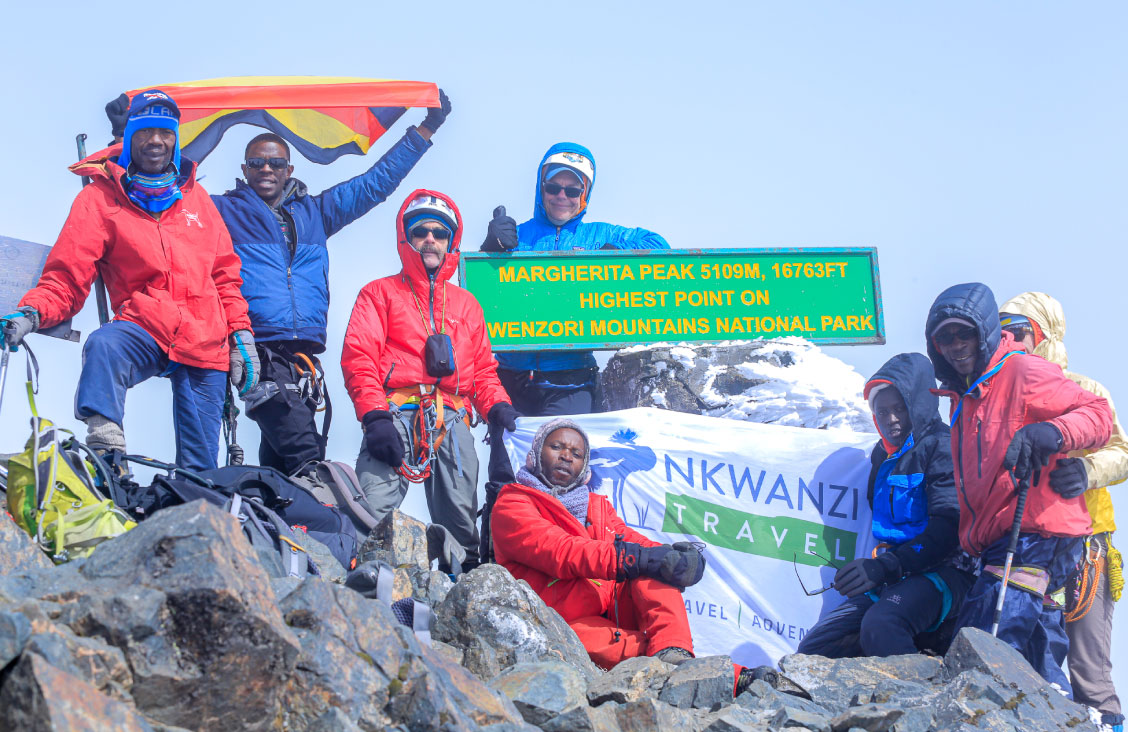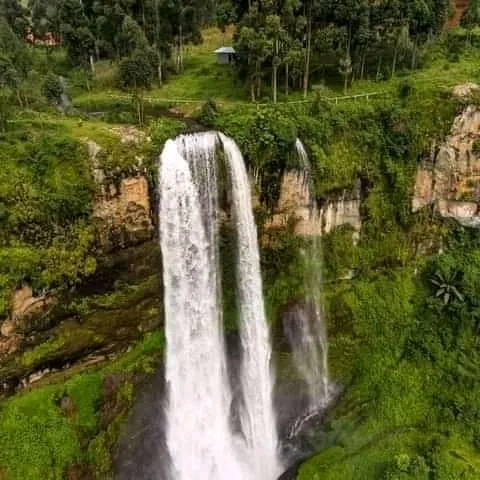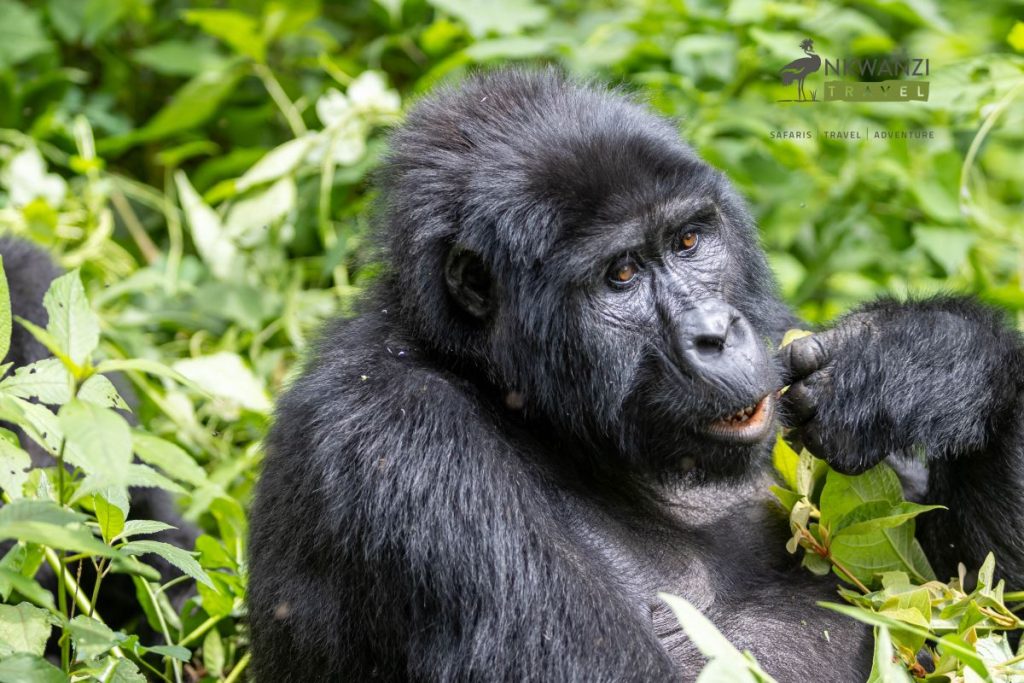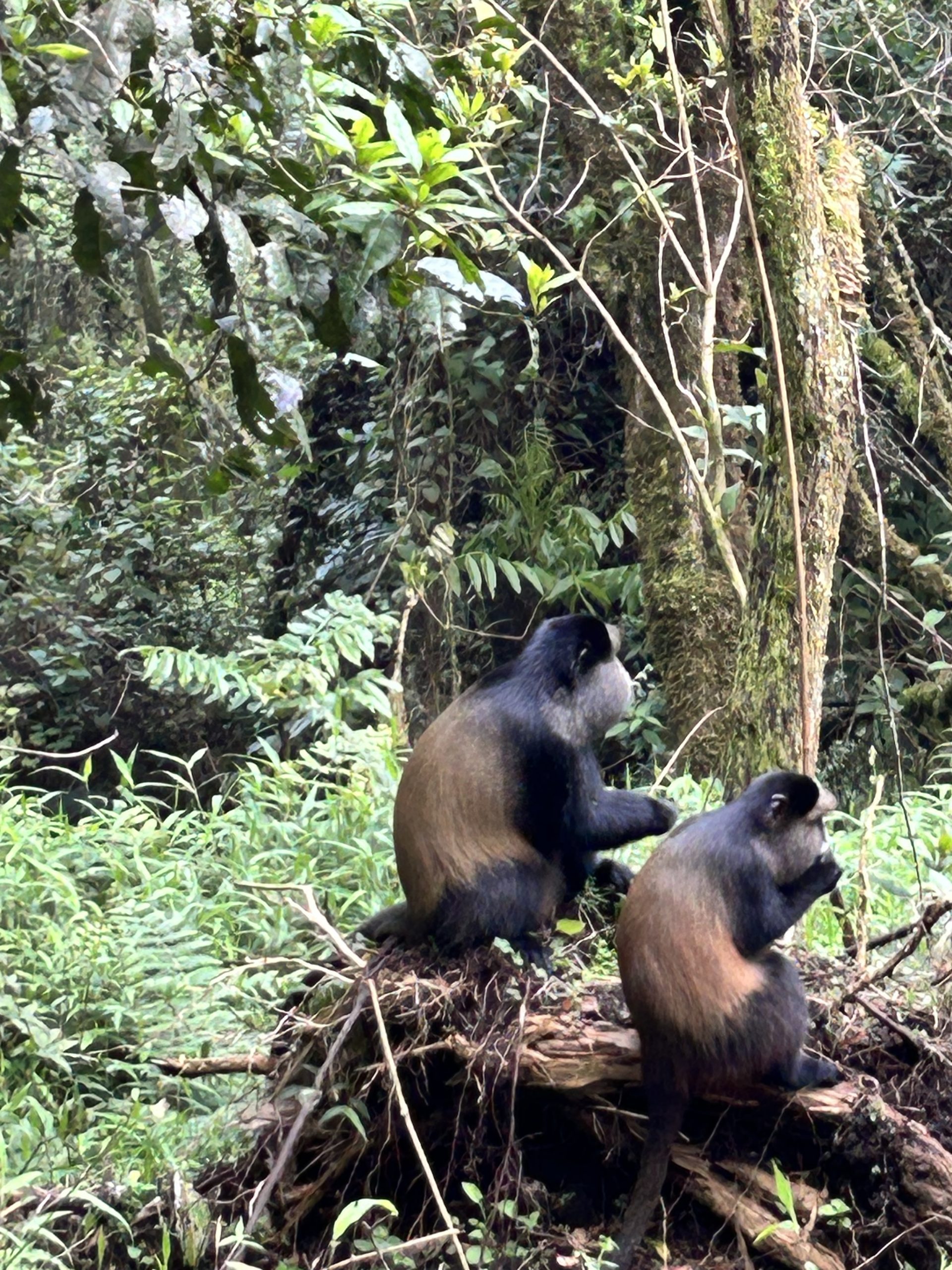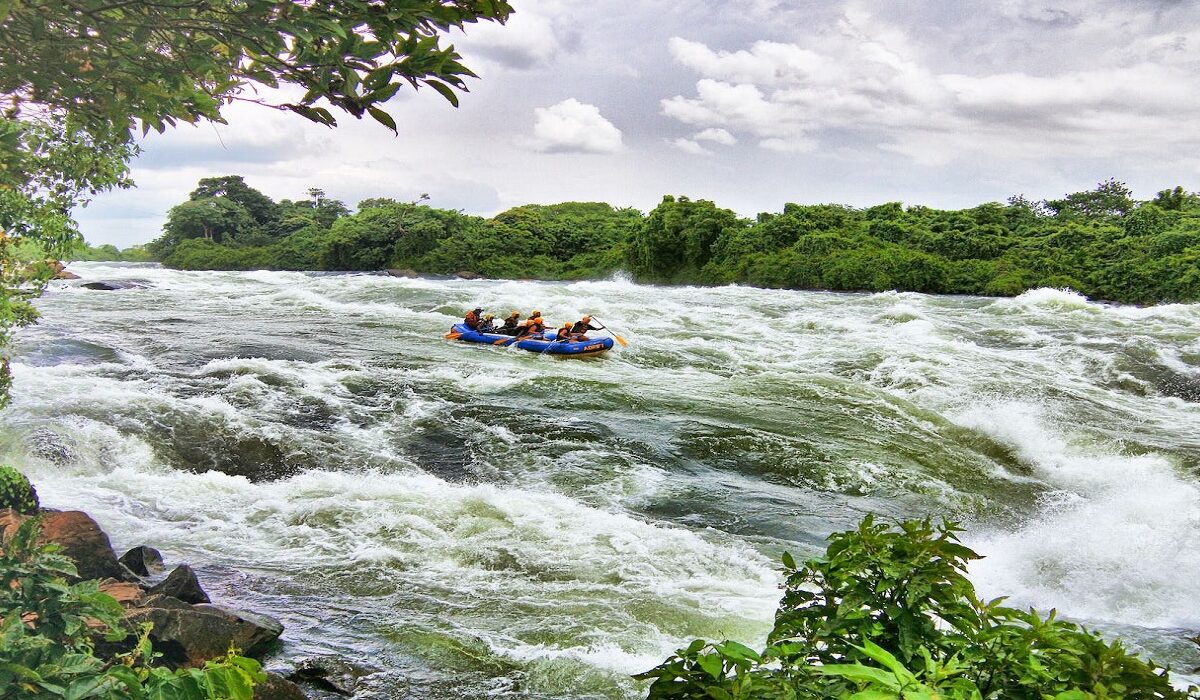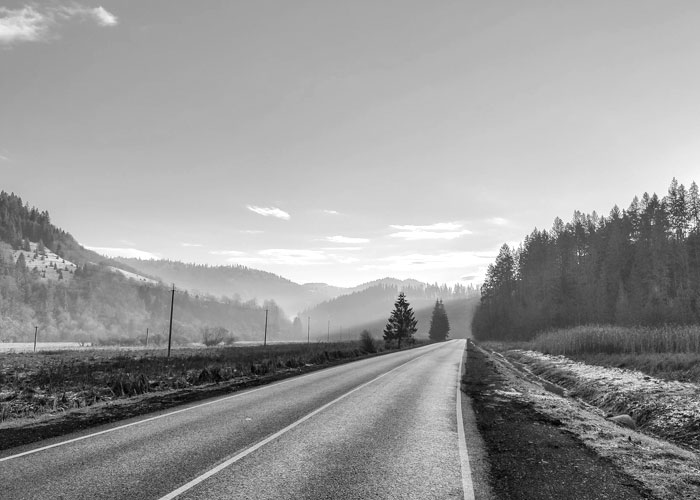
Chimpanzee Trekking in Kalinzu Forest
The major activity that attracts people to Kalinzu woodland is Chimp Trekking The Kalinzu Central Forest Reserve is home to one of Uganda’s largest chimp colonies. AfterKibale Forest in Uganda, it is possibly the finest area to monitor chimpanzees. Nearly 50 of the forest reserve’s 320 chimps are habituated (available for tourism). Despite the fact that Queen Elizabeth National Park has its own chimp population near Kyambura Gorgemost tourists from the park prefer tracking chimpanzees in Kalinzu woodland. The Mweya area of Queen Elizabeth National Park provides easy access to Kalinzu woodland. The trip takes only around 40 minutes Chimpanzee trekking in Kalinzu forest in Queen Elizabeth National Park is not as strenuous as gorilla tracking, but you must be physically fit to travel for 3 to 4 hours across occasionally challenging terrain. The journey may take you across steep slopes and muddy woodland areas. Though chimpanzees normally live in lower terrain than mountain gorillas, they are incredibly mobile and must be followed at great speed, which may be exhausting.

